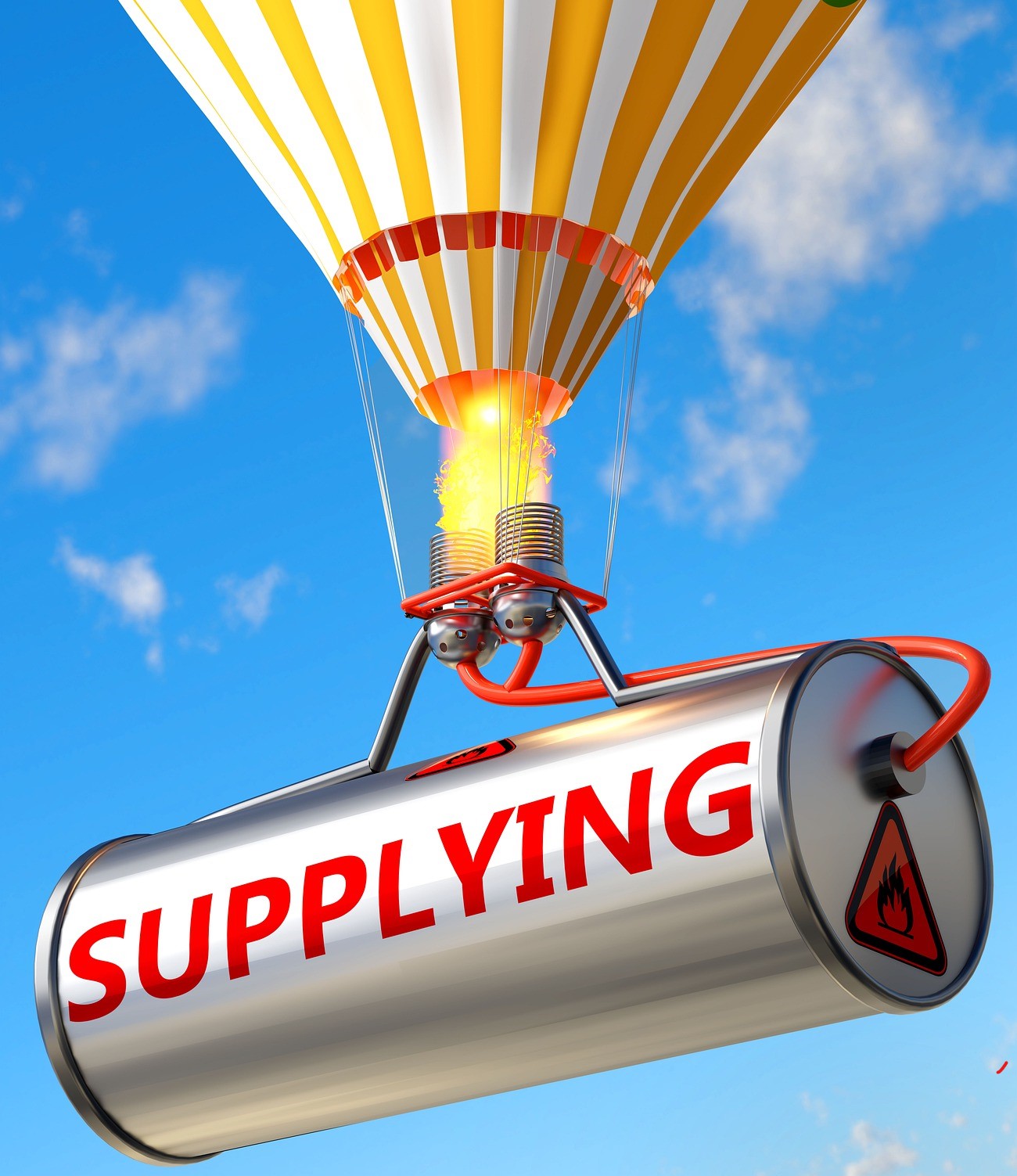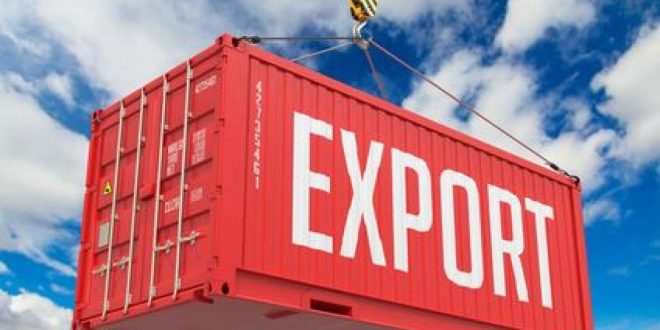South Africans should brace themselves for the hard hitting and far-reaching impact of the fuel price hike, which will increase costs across entire supply chains, says MJ Schoemaker, president of SAPICS, The Professional Body for Supply Chain Management.
“Transport companies and logistics service providers that are paying more for their diesel will have to push these costs through to their customers in the form of a fuel surcharge. However, it is not only transport costs that will be affected. What many South Africans are underestimating is how the petrol and diesel price hike will push up the average order cost in virtually every production cycle. We can expect increases in costs across entire supply chains – from the price of raw materials to the cost of transporting them to factories, from manufacturing costs to the increased cost to distribute finished goods to distribution centres and retail outlets. The average price of virtually everything that we buy is going to go up because of the fuel price hike.
“Every 10% increase in the price of fuel will mean that consumers will have to pay approximately 12% to 15% more for goods at the store till in the retail space,” Schoemaker states. She contends that even the property sector will be impacted as projects may have to be put on hold if costs cannot be recovered.
The agricultural industry will be especially hard hit, according to Schoemaker, which will in turn drive up the cost of food. “It is misleading to only refer to fuel price increases because what we should be looking at and considering is the crude oil price. The crude oil price impacts the agricultural industry even more than other sectors because fertilisers and pesticides are derivatives of crude oil. This is an additional consideration on top of the increased cost of the diesel used by farmers on their farms and to transport goods to factories and to consumers. The impact will be felt across the entire agricultural supply chain – from the crops in the ground right to the shelf of the supermarket.
The fuel price hike may lead to shortages, Schoemaker says. “In the wake of COVID-19, cash flow is a concern and a challenge for most companies today. Exacerbated by the fuel price increase, this may lead to shortages because businesses may be unable to manufacture enough to meet demand. This scarcity will then lead to further price increases of goods whereby the demand is higher than the supply.”
She urges consumers not to panic, however. “We are not likely to be faced with a food shortage but the fact that it is going to cost more will certainly hit South Africans in the lower and middle-income groups. In addition to paying more for food and other goods, consumers will pay more for transportation, including taxi fares, which were already hiked during the pandemic and COVID-19 regulations. People who work in businesses and industries where it is possible will most likely be given the option to go back to working remotely and are likely to do so. This will impact the commercial property market because demand for office space may not pick up as hoped in the wake of COVID-19.
Schoemaker notes that the fuel price hike is the latest in numerous chaotic disruptions that have stressed and stretched supply chain professionals in recent years, including the pandemic and the Ukraine conflict. “One upside, however, is that businesses should have learnt lessons from previous disruptions, which have highlighted the fragility of existing supply chains when they are suddenly and unexpectedly disrupted,” she says. “Organisations should have risk assessment plans in place. They should already have built scenarios to understand the impact and risks related to an increase in the crude oil price so that they can make decisions quickly.
“Businesses that have not already done so must now think very carefully about how to optimise their production efficiency and costs,” she advises. “They may no longer be able to reap the cost benefits of high-volume production because it will not be cheaper. Ideally, manufacturers should have already learnt that they need to be producing what the market needs. Demand reviews should have been done, along with short and long term risk management assessment based on the current and future needs of the market.
“However, many South African businesses need to up their game on this front to focus not only on the short term but also have a long term plan. The tendency in South Africa is to use tools that are more manual or work around an existing system. It creates an environment whereby there is a tendency to firefight and react instead of anticipate by spending too much time data crunching instead of making rapid, well calculated decisions.”
SAPICS’s mission is to elevate, educate and empower the community of supply chain professionals across Africa, including offering learning opportunities on critical subjects such as supply chain risk management. This was one of the important topics on the programme at the recent 44th annual SAPICS Conference, which saw more than 600 supply chain professionals from across Africa and around the world gather in Cape Town to learn, network and share lessons and experience.
“The supply chain profession has rarely been more challenged than in today’s VUCA (volatile, uncertain, complex, ambiguous) environment. It is imperative that businesses and supply chain practitioners have the tools in place to anticipate disruptions, to respond swiftly and efficiently when they occur, and to ensure that supply chains are flexible and resilient,” Schoemaker concludes.






